Medical devices
search
news
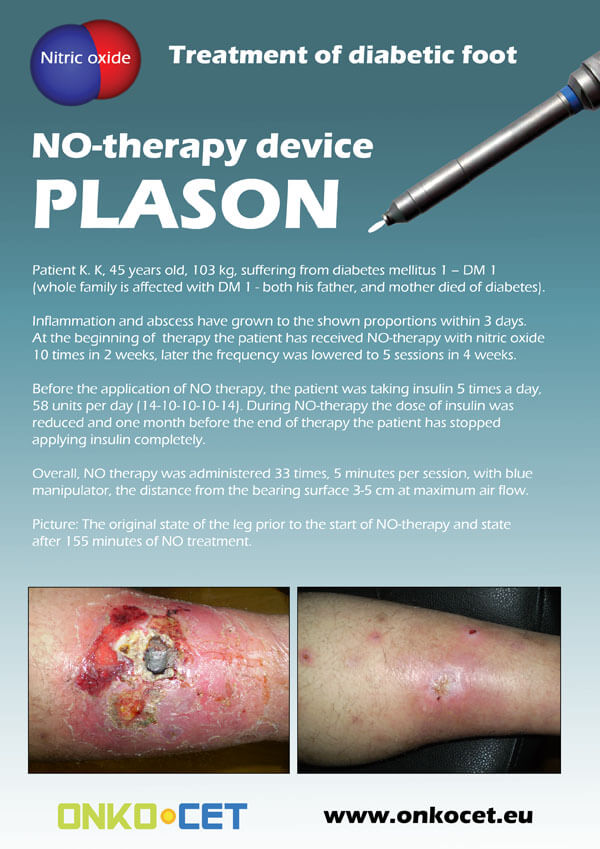
The PDF with the short report with pictures from the therapy of a diabetic foot can be viewed or downloaded here.
The pictures from the treatment of unhealing wounds an be found here:
http://www.onkocet.eu/en/produkty-detail/220/1/
The pictures from the treatment of unhealing wounds an be found here:
http://www.onkocet.eu/en/produkty-detail/293/1/
ONKOCET Ltd. has exhibited the devices from its portfolio on the MEDTEC UK exhibition in Birmingham, April 2011 through our partner Medical & Partners.
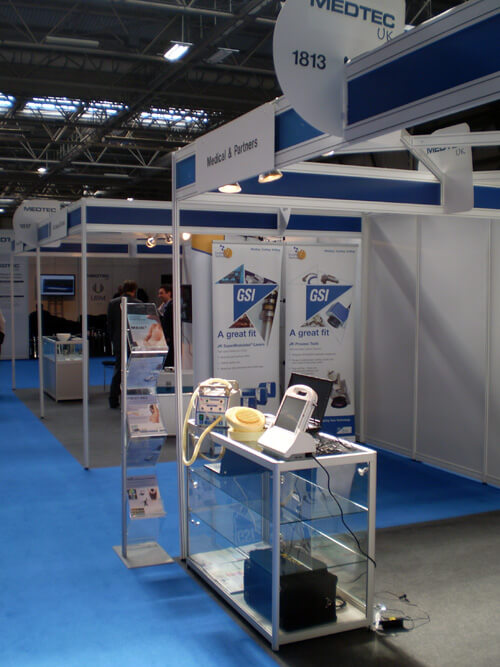
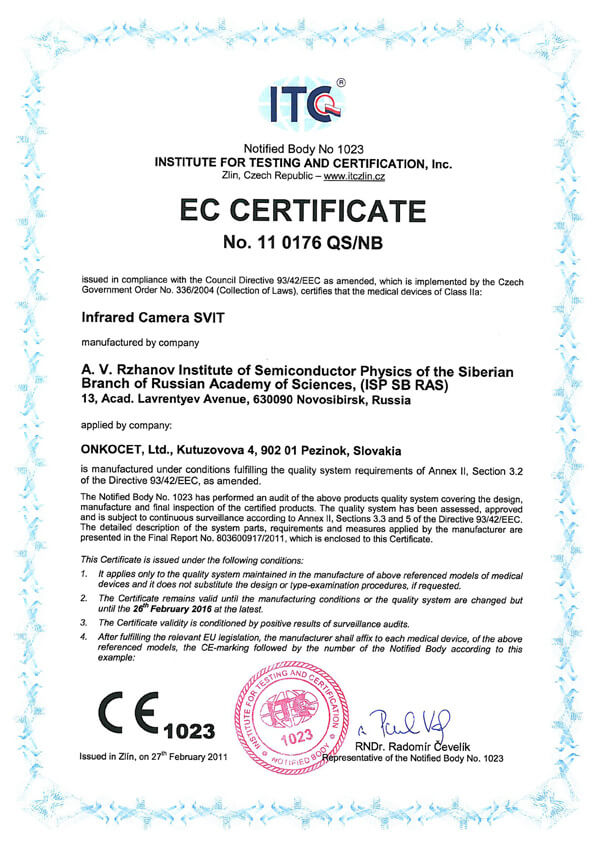 The ONKOCET company has successfully reached the certification of yet another medical device, Infrared Camera SVIT. The Certificate can be found here. The videos from the device operation can be found here.
The ONKOCET company has successfully reached the certification of yet another medical device, Infrared Camera SVIT. The Certificate can be found here. The videos from the device operation can be found here.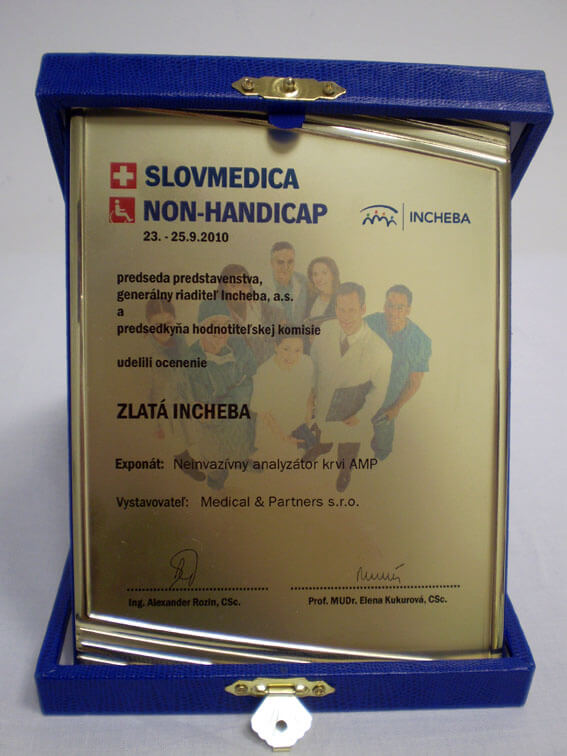 Our device, the non-invasive blood analyzer AMP has won the Golden Incheba prize at a medical exhibition SLOVMEDICA - NON-HANDICAP 2010. A big thank you goes to the organizers of the exhibition for acknowledging the quality of our device and to the exhibitor, the Medical & Partners company, for introduction of the AMP device to the medical public again.
Our device, the non-invasive blood analyzer AMP has won the Golden Incheba prize at a medical exhibition SLOVMEDICA - NON-HANDICAP 2010. A big thank you goes to the organizers of the exhibition for acknowledging the quality of our device and to the exhibitor, the Medical & Partners company, for introduction of the AMP device to the medical public again.We are pleased to inform our business partners, that our company has succesfully finished the certification process of Concor Soft Contact Lenses.
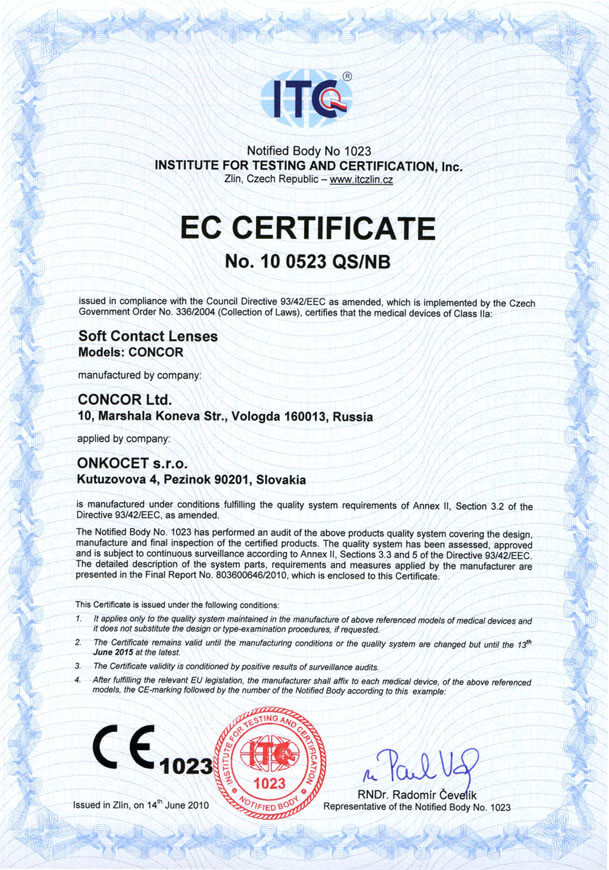 You can find the certificate here.
You can find the certificate here.More information on Concor Soft Contact Lenses go to section Medical preparations/Concor soft contact lenses, or follow this link.
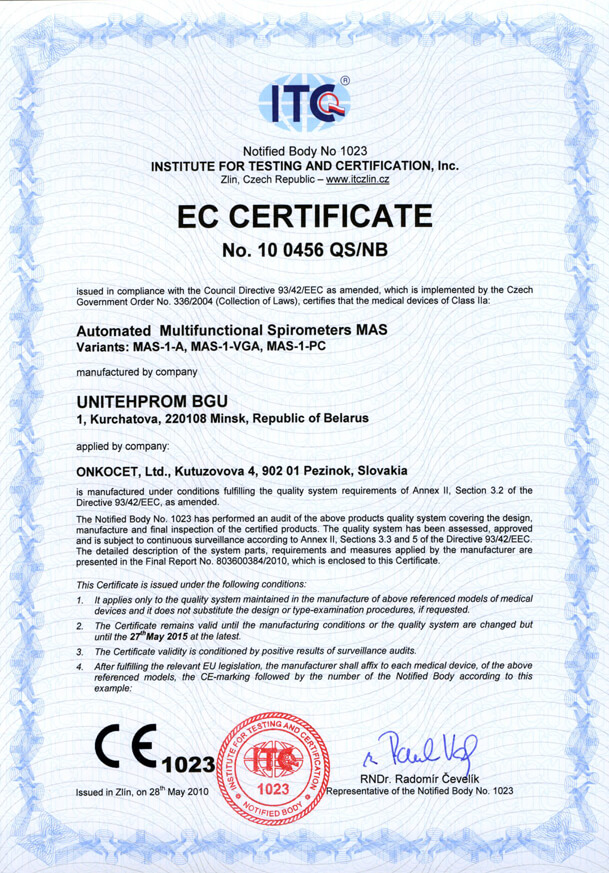 Our company has finished the certification process for another medical device, computerized spirometer MAS-1K with oximeter. You can find the device certificate here.
Our company has finished the certification process for another medical device, computerized spirometer MAS-1K with oximeter. You can find the device certificate here..jpg) Since May 2010 there is a new version of AMP device available.
Since May 2010 there is a new version of AMP device available.Follow this link if you want to see the pictures and specifications of the device.
http://www.onkocet.eu/en/produkty-detail/293/1/
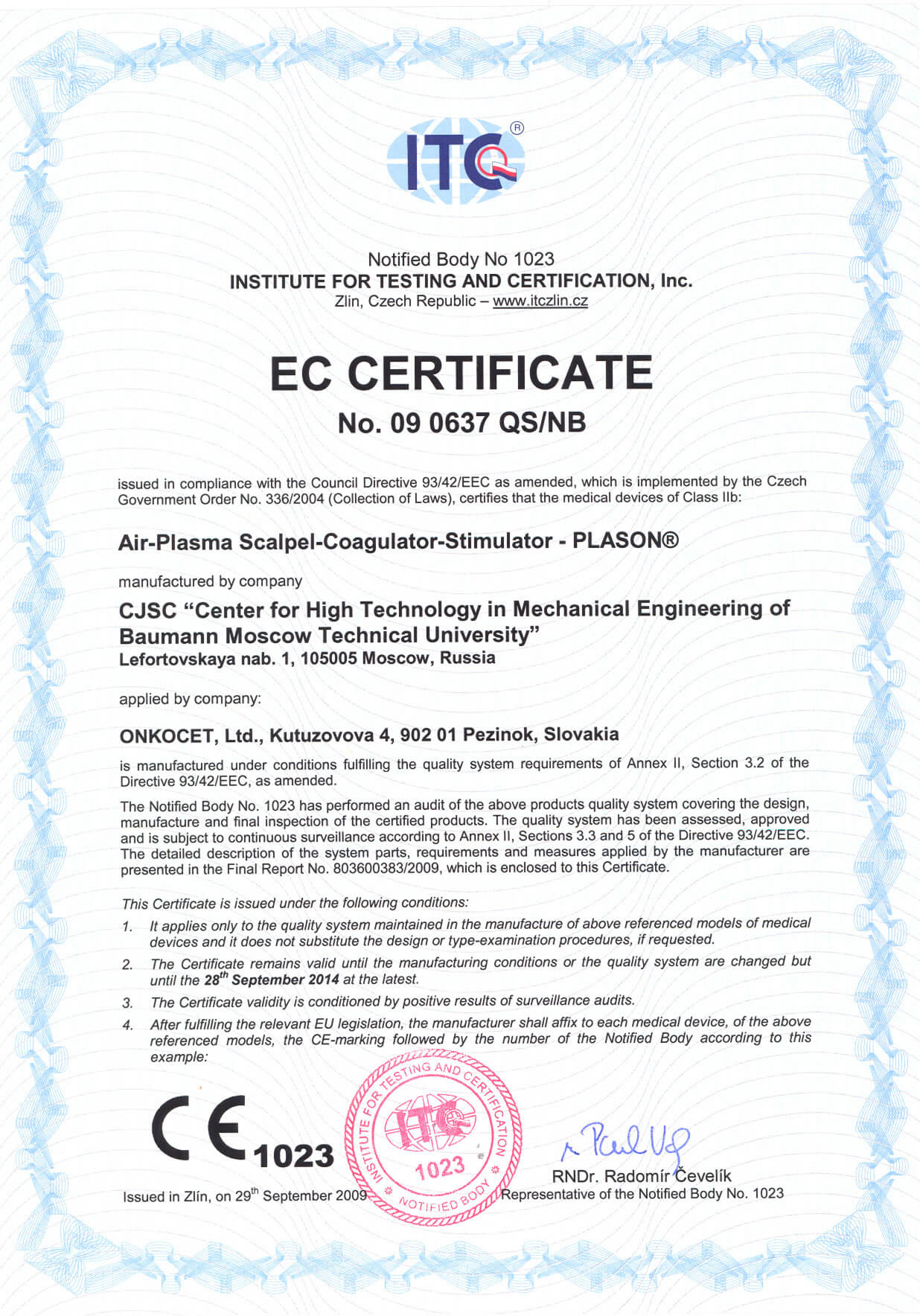 Dear partners,
Dear partners, In October 2009 we have received CE certificate for another device from our portfolio, NO therapeutical device PLASON. You can find more information about this revolutionary device, used for healing of unhealing wounds, diabetic foot, or for cosmetical purposes, at our webpage, section "Medical devices" -> PLASON-NO Therapy.
.gif)
Best regards
Team of ONKOCET Ltd. company
Application of Stereotactic Radiotherapy Technology
Application of Stereotactic Radiotherapy Technology
Stereotactic radiotherapy is a kind of very safe treatment technology which has no risk of bleeding or infection. It can treat pathologic changes of any part of human body and brain. However, some tissues and organs of human body, such as skin, eye lens, optic nerve, brain stem, spinal cord, coronal nerve, are sensitive to radioactive rays. Due to the meticulous functions of these tissues, the obvious side-effect, such as vision obstacle, invalid in coronal nerve, sectional paralysis, may be caused even though they are irradiated by very small dosage. Therefore, dose distribution must be planed perfectly. Strictly and accurately select the transmission route and shield to avoid or minimize the received irradiation of these sensitive tissues. This is just the advantage of stereotactic radiotherapy technology.
The irradiation bearing capability of normal tissues around the target will decrease with the increasing of target zone. Therefore, we should consider the relation between dosage and irradiation zone in stereotactic radiotherapy dose planning. In the process of radiotherapy, setting the upper limit of corresponding bearable dosage according to the size of treated target and planning the dosage distribution of target zone and the shape of dosage field according to the shape and size of bigger-volume target to achieve highly uniform is most important thing. In addition, it is also necessary to have superb medical technology and planning software.
On the whole, the above are some problems that concern the technical performance and treatment method to realize stereotactic radiotherapy. In addition, the precise stereo localization of target area and its complete consistency on the treatment equipment is also very important. SGS realizes localization of head tumor through mask technology and realizes localization of body tumor through vacuum cushion, localization couch, and 3-dimension coordinate system which is set by 3-D treatment bed. Thus the target is closely connected with the coordinate system of the equipment on geometrical relation. Meanwhile, it is necessary to use the same set of coordinate system to finish the localization to patients in the process of MRI/CT localization scan and treatment.
Stereotactic radiotherapy technology is totally different from localization technology in conventional radiotherapy process. In the conventional radiotherapy process, physicians make fiducial markers on the patients skin. The target connects with coordinate system of treatment equipment through these markers and the localization accuracy is not very good. The 3-dimesional localization process of stereotactic radiotherapy technology is composed of a series of configuration, including stereotactic system, MRI/CT frame, MRI/CT scanning, 3-dimesion image reconstruction, and stereotactic localization of SGS. Each process has very strict requirements and rules. Therefore, the target localization precision in stereotactic radiotherapy is improved greatly.
Moreover, in conventional radiotherapy, the target tissues are positioned in different coordinate system and thus the coordinates transformation may incur greater systematic deviation. To conventional radiotherapy equipment, randomness and uncertainty of this kind of localization generally can be ignored, which can not be accepted in stereotactic radiotherapy that requires highly accurate localization.
In order to realize selectively absorbing dosage, it is required to focus energy on radiotherapy target area through narrow radioactive rays distributed in 3-dimension space. This kind of energy transmission can be realized by several or dozens of rotating sources around head and human body, or by hundreds of static source. There is another kind of design which make patients swing regarding target area as the center, or make patients move around target area together with radiation sources. This kind of irradiation technology has been applied and realized in X knives and other equipments. The purpose of all the above designs is to make radioactive rays focus on the target and to increase the absorbed dosage rate on the focus.
In a word, the following requirements are very important to stereotactic radiotherapy equipment:
1) Accuracy of localization. In the process of target localization, treatment planning, and treatment, the totally geometrical deviation caused by various factors must be within stipulated range and must have quite high repositioning precision.
2) Selectively transmit higher radiation dosage to targets through multi-rays focusing and equal-center rotary irradiation technology without endangering or strongly impacting the function and structure of normal tissues around targets. Avoid big irradiation deviation caused by patients breathing and organgs wriggling.
3) Stereotactic radiotherapy equipments should be able to transfer irradiation through static or rotary collimators and evenly distribute dosage field in the targets. Radiation beams must be collimated rigorously and their axis must highly and precisely intersect in the center of stereotactic system.
4) The design of radiotherapy equipment system and relevant operation process must consider the security of patients and medical personnel. The equipment itself must be highly reliable and can be used in clinic simply, conveniently, and easily.
SGS-I is the third generation of radiotherapy equipment which is developed by Shenzhen Hyper Technology Incorporation. 18 sealed Co-60 radiation source is installed on its fan-shape ball shell. The radiation beams of each radiation source focus on the center of sphere to form focus in radial direction via the guidance of specified-diameter collimators. When doing treatment, radiation beams will rotate simultaneously around a cross-focus axis and form a lot of different focus scanning conical surface. The focus on the target is continuously irradiated by many radiation beams, while the healthy tissues outside the focus are momentarily irradiated by single radiation beam. The focus dosage field has enough strength (the focus dosage rate is high enough) and the edge of focus dosage field has very big dosage attenuation gradient. This ensures that the target is killed with little radiation to adjacent normal tissues, resulting in so-called non-invasive treatment.
SGS-I is a kind of whole-body stereotactic gamma radiotherapy system which is meticulously designed based on the above principles. In the following chapters, we will separately elaborate the physical mechanism design, dosimetry index, radiation protection of SGS-I.

